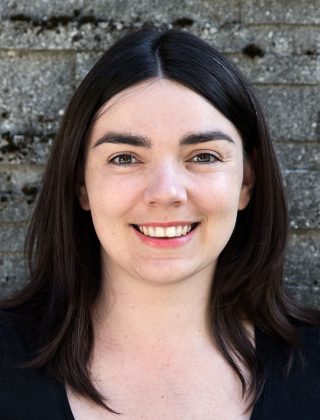
Sabine Gollner is a deep-sea biologist working at the Royal Netherlands Institute for Sea Research (NIOZ), in the Netherlands. She obtained her PhD at the University of Vienna Austria in 2009, and continued her deep-sea studies during a Humboldt Post-doctoral fellow at the Senckenberg Research Institute in Germany. Her research interests include the ecology of deep-sea hydrothermal vents and abyssal plains. She investigates deep-sea faunal biodiversity, population connectivity, and faunal community response patterns to disturbance and stress. She participated in the projects MIDAS (Managing Impacts of Deep-seA reSource exploitation) and Mining Impact (Environmental Impacts and Risks of Deep-Sea Mining) and is co-lead of the minerals working group of the Deep-Ocean Stewardship Initiative. Sabine regularly lectures at Utrecht University and is associate editor of the journals “Marine Biodiversity” and “Frontiers in Marine Science”. She collects data through ocean expeditions, using for example remotely operated vehicles and other types of advanced technologies. Sabine has participated and/or led 10 research expeditions in the Pacific and Atlantic Ocean.
Sabine is very much looking forward to return to the 9°North East Pacific Rise, the study area during this expedition. She has been in the area already in 2003, 2006, 2007 and 2009 and has studied connectivity as well as animal community dynamics at senescent and active vents before and after a volcanic eruption. Sabine is curious to solve more puzzles. Can animals live in the cracks of our earth’s crust and are these cracks important to maintain connectivity at deep-sea vents? And what are the limits of life – how long and which extreme temperature and oxygen poor conditions can the animals withstand?
Cruises:
